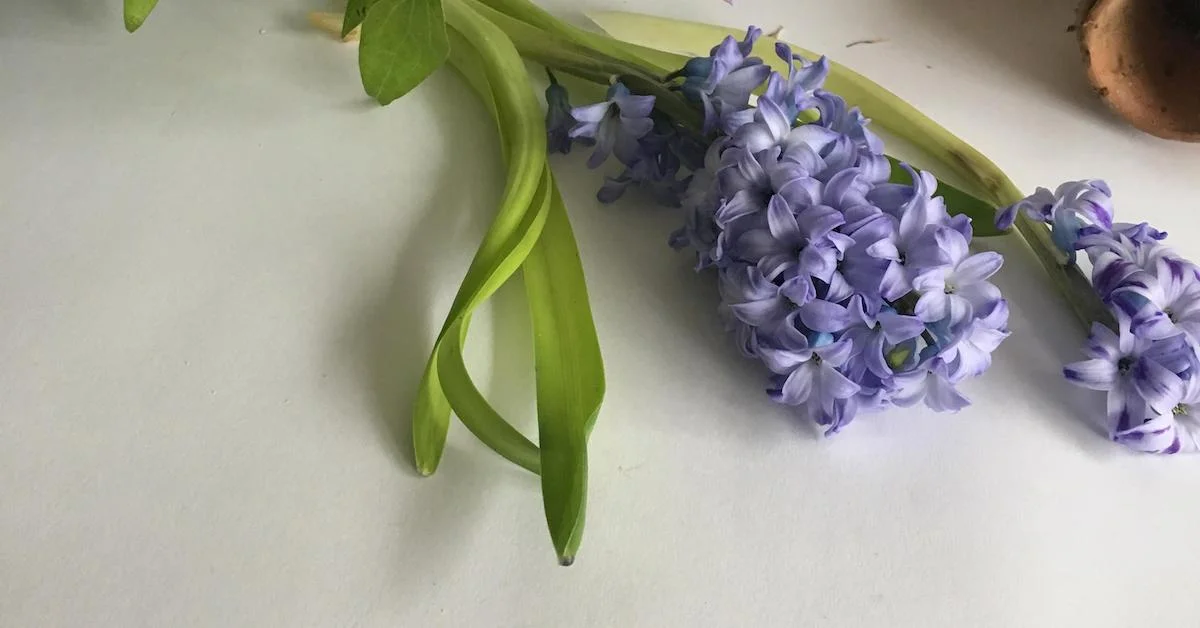Video: When and Where to Use Wired Flowers in Floral Design
Wiring is a valuable and specialized skill that can add value to your business and set you apart as a designer and freelancer. In this excerpt from the Team Flower Advanced Techniques for Wiring fast track class, Kelly explains why wiring is important (as well as when and where to use wired flowers!).
Floral wiring techniques give you a lot of control over the exact placement and orientation of each and every bloom in a piece. If you need your focal flower to bend in a certain way that is not natural for its stem, wiring makes that possible!
Key Points
A wired flower must do well out of water. You can test this by cutting a flower, leaving it out on the counter, and returning in a couple of hours to see its state.
Wiring works best on flowers that are crisp, well-hydrated, and tend to do well out of water in the first place (if a flower feels at all sticky to the touch—especially on the underside of the petals—it's already past its prime and on its way out).
Finished products that have been wired have a natural lightness, a noticeably professional look, and even a couture feel that isn't attainable through any other arranging technique.
When choosing your wire, keep in mind that lower-gauge wires are the thicker, more firm, more supportive options, while higher-gauge wires are much more delicate and have maximum flexibility for finely detailed needs.







